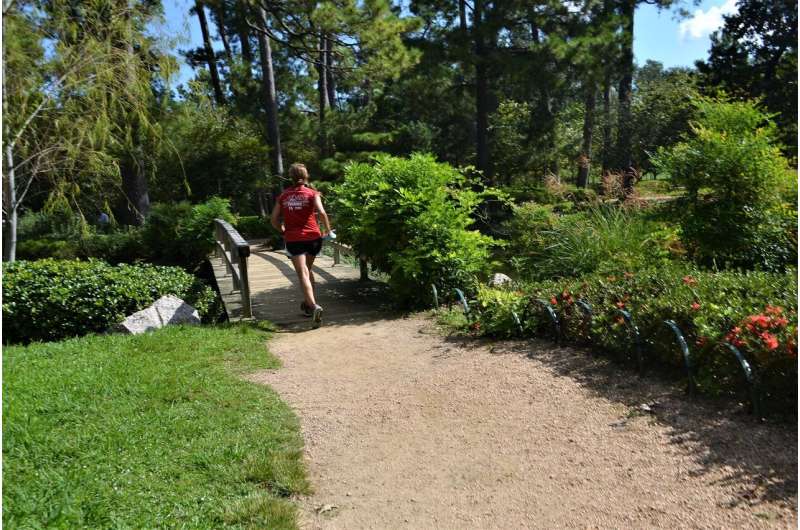
New technology is being trialed at selected parks across the UK to count people using phone signals, providing valuable data that can be used to improve safety and services.
WiSeBoxes use signals from smartphones to estimate how many people come near to the counter. They have been developed at the Horizon Digital Economy Research center at the University of Nottingham as part of a project to gather evidence on the usage of parks. After a successful trial in Nottingham they are now being rolled out at parks in Bristol, Leicester, Sheffield and Birmingham.
Currently there is little evidence about the nature of park usage, the numbers of visitors and the timing of visits. Some park authorities perform manual counts or use gate counters but these are expensive, difficult to deploy at all times and rarely cover all parts of a park.
WiSeBoxes are cheaper than current counting methods and importantly carefully minimize the storage of personal data. The signals received are stripped of most identifiable information upon reception leaving only the device ID. After a short counting period all remaining data is discarded leaving only a count of devices seen.
New funding will allow researchers to develop the operating model underpinning the deployment of WiSeBoxes with the aim of making this a sustainable service available to the managers of open spaces.
Dr. James Pinchin from the Department of Architecture and the Built Environment is leading the WiSeParks project, he said: “Everyone in the UK has a local park, often free to use they have become an invaluable resource to many during the pandemic and now we are free to gather in larger groups they are set to get even busier. Keeping our parks safe and available requires funding. Careful management of maintenance and developments keeps these places viable. Supporting decisions and evaluating changes with evidence is desirable in any context, in parks this means understanding how the greenspaces are being used. The WiSeboxes can show which places within the park are popular and at what times and on what days, which can feed into decision making around bringing in extra services and applying for funding for improvements that could include safety measures.”
Nottingham City Council was a partner in the pilot project with data analyzed from two popular parks in the city—Highfields Park and Colwick Park from early 2019 then compared to data from Autumn 2020.
James explains: “We found that in the Autumn of 2020 Highfields park was nearly twice as busy on weekdays and three times busier at the weekend. This is despite the lack of ‘in person’ teaching sessions at the nearby university and associated lack of commuters in the park. I found similar effects at another Nottingham park, Colwick park, where the increased post-COVID usage has made local headlines with “parking chaos” in lockdown. A better understanding of these pinch points could allow for parks to better manage busy periods and put measures in place to keep people safe.”
Fliss Hogg, Senior Greenspace Development Officer at Nottingham City Council said: “Data from WISEParks has already been used to support bids for funding from the National Lottery Heritage Fund at Victoria Embankment Memorial Gardens and to demonstrate the change in visitor numbers after investments have been made and developments have been carried out at sites such as Highfields Park. Long term data collection has shown a five fold increase in park visitor numbers during the COVID pandemic, which helps evidence the importance of parks for people and the continued investment needed in them. The data also helps us to understand when our parks are at their busiest, which can help us plan our services accordingly.
We continue to believe that this project has real potential to be used to develop parks into the future and anticipate interest across the sector. We fully support efforts to make the data easier to access and believe that WISEParks needs to develop into a service which is self-sustaining and deployable by any local authority.”